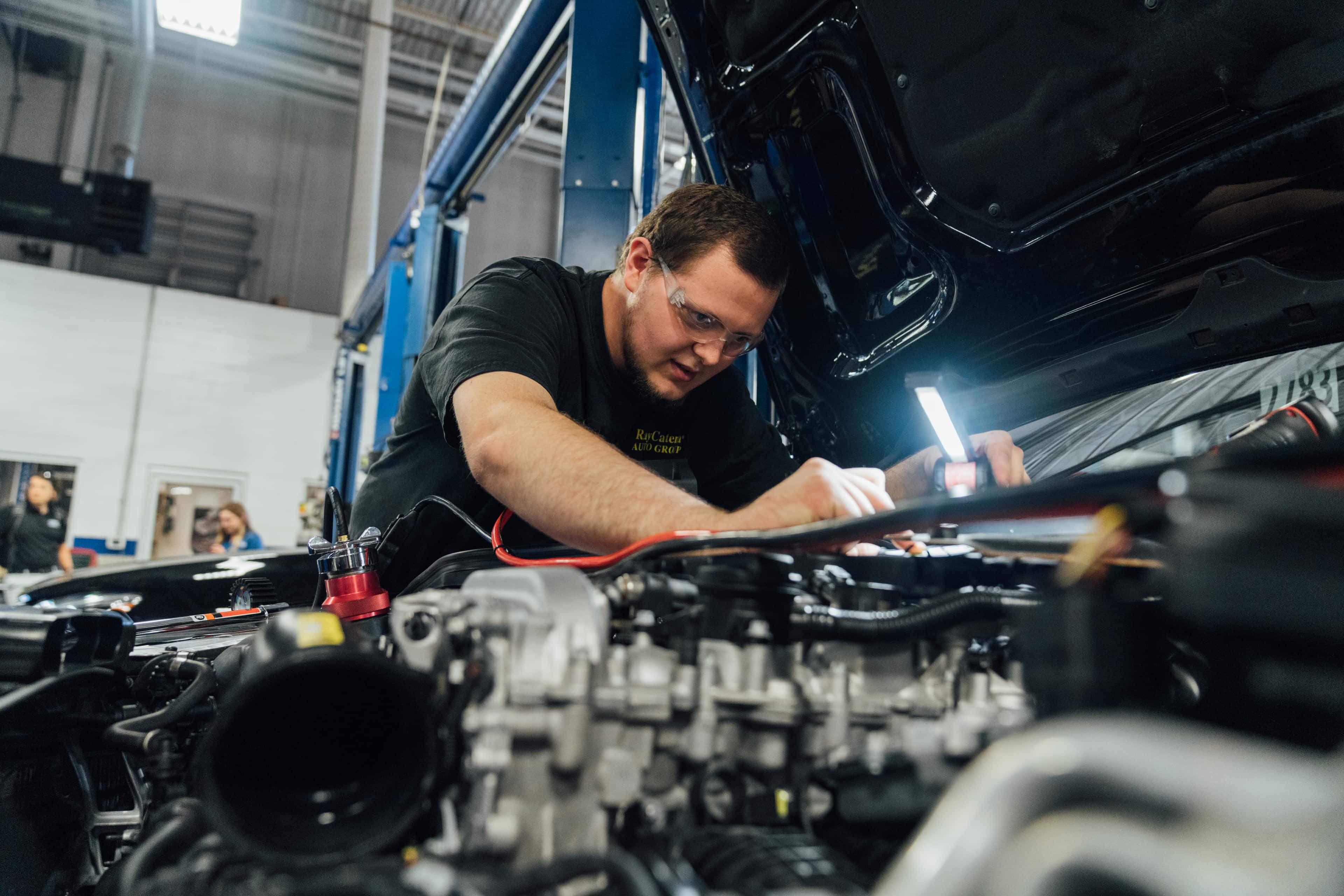CVT vs. Automatic Transmission: How Do They Differ?
Pop the hood on nearly any car today and you’ll find one of two transmission types: CVT or automatic.
Knowing the difference isn’t just useful—it’s foundational.
Learn more about CVT vs. automatic transmission—what each system does, how they differ and what that means for drivers and future technicians!
What Is a CVT Transmission?
CVT stands for “continuously variable transmission”. Unlike other transmissions that use fixed gears, a CVT uses a system of pulleys and a flexible belt or chain to create an endless number of gear ratios. This lets the car’s engine run at its most efficient speed more often.
CVTs don’t shift gears the way traditional transmissions do. Instead, they adjust smoothly depending on how fast the car needs to go. That makes the ride feel more even, especially during acceleration.
These transmission systems are often found in smaller vehicles and hybrids because of their lightweight design and focus on fuel economy.
What Is an Automatic Transmission?
An automatic transmission uses a set number of gears—usually between four and 10—to shift up or down based on the vehicle’s speed and engine load. These shifts happen on their own, which makes driving easier for most people.
Inside, automatic transmissions rely on a system of hydraulic fluid, clutches and torque converters to handle power and shift timing. They’ve been used in cars for decades and are still the most common transmission type on the road today.
Automatic transmissions are known for being reliable and giving drivers a familiar driving feel, especially with acceleration and downshifting.
4 Key Differences: CVT vs. Automatic Transmission
Let’s look at how CVT transmission vs. automatic transmission systems compare in a few major ways.
Mechanism Operation
A CVT uses a belt- or chain-and-pulley system with unlimited gear ratios. An automatic transmission uses fixed gears that shift as the car speeds up or slows down. This makes CVTs feel smoother but less familiar to drivers used to gear shifts.
Fuel Efficiency
CVTs are built for fuel efficiency. Since they can keep the engine at its ideal power range, they help reduce fuel use. Automatics are getting more efficient, but CVTs usually have the edge for smaller, everyday cars.
Experience for Drivers
Some drivers like the smooth, steady ride of a CVT. Others prefer the feel and sound of gear changes in a traditional automatic. With a CVT, there’s no pause between shifts—but some drivers say it feels less responsive during fast acceleration.
Maintenance
Both systems require care, but they wear in different ways. CVTs may need more frequent fluid changes and can be more costly to repair when they fail. Automatic transmissions tend to last longer and are often easier to service—though that depends on the make and model.
CVT vs. Automatic Transmission: Take Your Knowledge Further with UTI!
Understanding CVT vs. automatic transmission systems means knowing how they affect power delivery, fuel use and the overall driving experience. From the smooth gearless acceleration of a CVT to the familiar shift points of an automatic, each design comes with its own benefits and drawbacks.
Our Automatic Transmissions course introduces students to the inner workings of both CVTs and traditional automatic transmissions. Students can learn how to diagnose shifting issues, interpret scan data and understand the performance differences between these systems.
If a future in automotive technology sounds right for you, we’re here to help you prepare for the right career.1 An Admissions Representative can guide you through your options and help you take the first step. Call 800-834-7308 today to learn more!
Universal Technical Institute of Illinois, Inc. is approved by the Division of Private Business and Vocational Schools of the Illinois Board of Higher Education.

